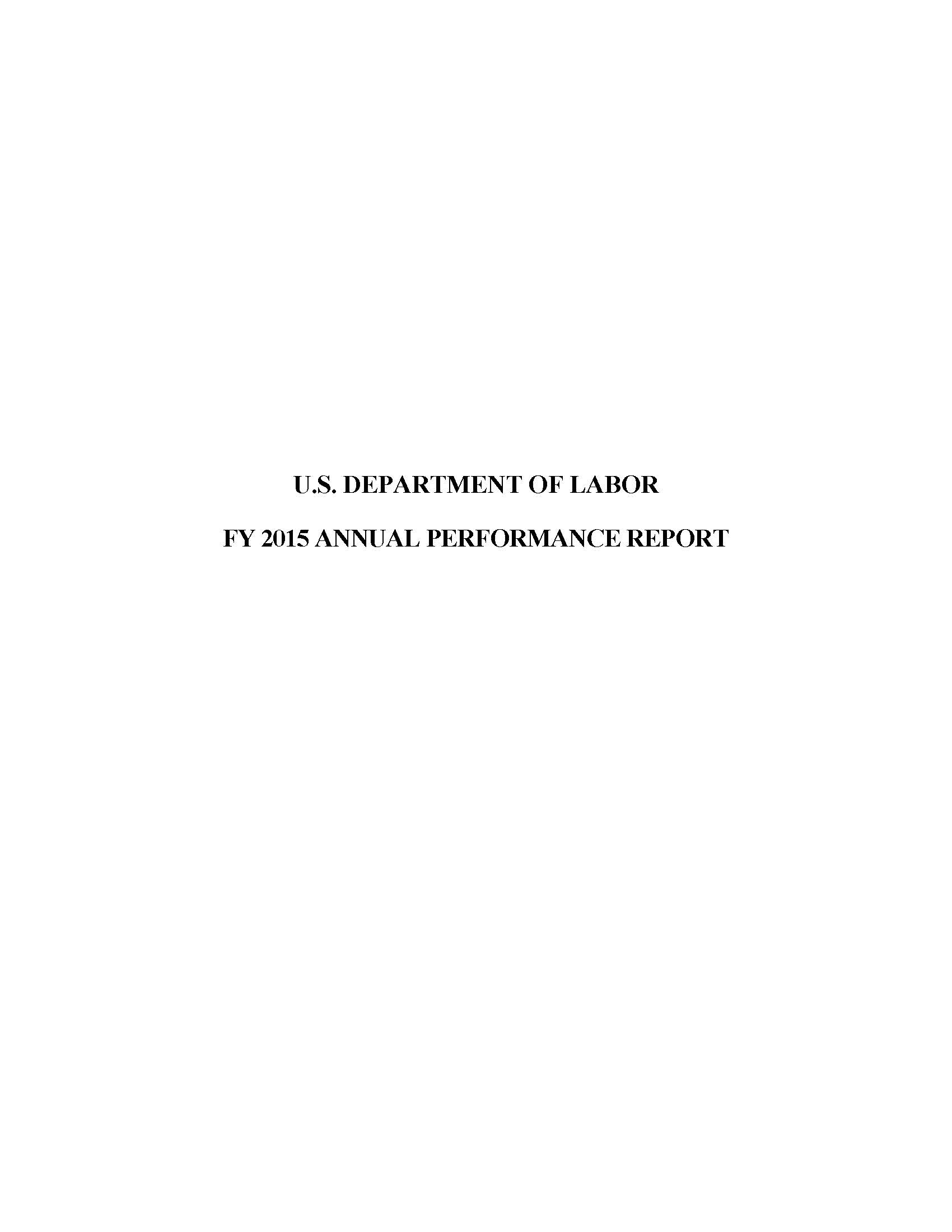- Home
- Agencies
- Department of Agriculture
- Department of Housing and Urban Development
- General Services Administration
- Department of Commerce
- Department of the Interior
- National Aeronautics and Space Administration
- Department of Defense
- Department of Justice
- National Science Foundation
- Department of Education
- Department of Labor
- Office of Personnel Management
- Department of Energy
- Department of State
- Small Business Administration
- Environmental Protection Agency
- Department of Transportation
- Social Security Administration
- Department of Health and Human Services
- Department of the Treasury
- U.S. Agency for International Development
- Department of Homeland Security
- Department of Veterans Affairs
- Goals
- Initiatives
- Programs
Primary tabs
Key to Changes
This text is Revised text
This word has been added to the text
This text is Last Published text
This word has been removed from the text
Modifed styling with no visual changes
Strategic Objective
Protect workers' rights
Strategic Objective
Overview
The Department of Labor plays an important role in ensuring that workers can exercise workplace rights. The Office of Labor-Management Standards (OLMS) provides safeguards that promote transparent financial practices and democratic elections among unions. OSHA, MSHA and WHD also provides a range of protections for workers who claim their rights – whether relating to their health, safety, wages, benefits, or their employers’ business practices – are being violated.
Progress Update
The Office of Labor-Management Standards (OLMS) and certain programs from the Occupational Safety and Health Administration (OSHA), Mine Safety and Health Administration (MSHA) and the Wage and Hour Division (WHD) support this objective.
OLMS continues to fine-tune its risk-based audit targeting model to more effectively identify unions where criminal activity may be present by detecting anomalies in union financial reports and by using and refining targeting strategies. The percentage of targeted audits that result in a criminal case rose from 14.76 percent in FY 2010 to a record 21.70 percent in FY 2014 and decreased slightly to 21.46 percent in FY 2015.
OSHA Whistleblower Investigations completed per year increased almost 60 percent over the past five years, from 1,904 in FY 2010 to 3,273 in FY 2015. Over the last 17 years, OSHA’s whistleblower enforcement responsibilities have doubled, and the number of new whistleblower complaints filed with the agency has steadily increased each year, from about 1,900 new complaints filed in 1997, to 3,288 new complaints received and docketed in FY 2014. In response to the growing demand for whistleblower investigations, OSHA has recently made several changes to increase the effectiveness and efficiency of the whistleblower protection program, including elevating the program to a stand-alone directorate, establishing the Whistleblower Protection Advisory Committee, and implementing a new, successful management model in all regional offices. OSHA also launched the Alternative Dispute Resolution (ADR) Program in FY 2015, which allows for voluntary resolution of the complaint, and the Quality Review Tool (QRT), which is used to review the quality of whistleblower investigations.
MSHA has also taken a number of actions to give miners a stronger voice in the workplace on their own safety and health. In addition to swiftly responding to safety and health complaints by miners, MSHA filed 35 actions for temporary reinstatements of miners to their jobs – the second highest result since FY 2012, when MSHA filed 40 actions.
For 20 years, enforcement of the Family and Medical Leave Act (FMLA) has been primarily complaint-driven, i.e., compliance actions in many cases only applied to a single employee/situation. WHD has reengineered its approach in FMLA. In order to promote work and family balance, WHD is adapting its FMLA enforcement policies to promote a more comprehensive approach to compliance. Since FMLA compliance at the establishment level is often driven by corporate policies, WHD is developing strategies to provide a more in-depth review of the employer’s business practices and leave policies with the objective of making a broader impact on compliance, rather than resolving one individual complaint. In FY 2015, WHD resolved 72 percent ofits incoming complaints within the fiscal year (improved from 70 percent in FY 2014) – a result that speaks to the effectiveness of its renewed focus on customer service. In FY 2015, for the first time, every region conducted planned, directed investigations focused on a specific industry where FMLA violations were considered likely. Through the investigations, WHD will be developing strategies in FY 2016 to expand cases from situation - specific to corporate - wide compliance, which requires evaluating implementation of company policy.








